Ranch Dressing Revealed: The Health Facts You Need to Know
Ranch dressing secures its place not just on American tables, but in our hearts – a go-to for salads, snacks, and pretty much anything that could use a tangy kick. It’s versatile, creamy, and has that special blend of herbs and spices that makes it an irresistible topping or dip. Yet, it pays to peek behind the curtain of taste. Piecing together the nutrition facts helps us eat smarter and make more informed choices. Whether you’re health-conscious or just curious, understanding what’s really inside ranch dressing can guide better decisions about how much and how often to indulge.
What’s in Ranch Dressing Anyway?
Concocted back in the ’50s, ranch dressing is now a classic. It’s crafted from a rich blend of buttermilk, sour cream, and mayo, then jazzed up with a sprinkle of these ingredients:
- Dill
- Onion powder
- Garlic powder
- Parsley
- Salt and pepper

These ingredients come together to form the signature creamy, tangy flavor that makes ranch such a beloved dressing. However, with loads of brands whipping up their own concoctions, the nutritional facts can differ significantly. It’s crucial to know your stuff when picking a bottle off the shelf, whether it’s Hidden Valley Ranch Dressing, Ken’s Steakhouse Ranch Dressing, or Marie’s Ranch Yogurt Dressing. The nutritional profile can vary depending on the ratio of ingredients and the addition of extra preservatives or thickeners.
The Nutritional Skinny on Ranch Dressing
Sure, every brand’s formula is a little different, but let’s look at the stats for a typical 2-tablespoon serving of ranch (that’s about 30 ml):
| Nutrient | Amount (Per Serving) |
|---|---|
| Calories | 145-160 kcal |
| Total Fat | 15-18 g |
| Saturated Fat | 2-4 g |
| Trans Fat | 0 g |
| Cholesterol | 0-15 mg |
| Sodium | 200-250 mg |
| Total Carbohydrates | 1-3 g |
| Dietary Fiber | 0 g |
| Sugars | 0-1 g |
| Protein | 0.5-1 g |
Noteworthy Nutritional Points
- Calories: Ranch isn’t calorie-free – the fats pack a punch, making it a calorie-dense salad dressing. Generous drizzling could crash your calorie game plan. For those watching their calorie intake, consider using smaller amounts or opting for low-calorie versions like Bolthouse Farms Ranch Dressing.
- Fat Facts: That velvety texture? All thanks to fats, largely from mayonnaise and buttermilk. Necessary? Yes. But watch out for the not-so-friendly saturated and trans fats. While fats are an important part of a balanced diet, too much saturated fat can increase the risk of heart disease. Healthier versions might use olive oil or avocado oil, which contain more unsaturated fats that are beneficial.
- Sodium Alert: Keep an eagle eye on that sodium. Too much sodium, a common feature in commercial ranch dressing, can spell trouble for blood pressure, so take it easy. Sodium is added to enhance flavor and prolong shelf life, but it’s important to be cautious if you’re managing your salt intake. Consider making a homemade version to keep sodium levels in check.
- Carbs: Low-carb diet? Ranch can be your friend, adding zest without the carb load. However, check labels for added sugars. Some brands may sneak in sugars to balance the tanginess, which can increase carbohydrate content. If you’re focused on cutting sugar, look for “no added sugar” labels.
Ingredient Breakdown
Here’s the deal with these ingredients and how they make ranch the boss of taste and health:
1. Mayonnaise
- It’s the heart of ranch, responsible for the creamy texture.
- Loaded with fats, no doubt – keep tabs on your serving size.
- Eggs, vinegar, and oil are the usual suspects here, contributing to the richness that defines ranch.
2. Buttermilk
- Brings in the zip and smooths out the texture.
- A splash of bone-building calcium and protein adds value, making it more than just a flavor component. Buttermilk provides that tangy undertone that makes ranch unique compared to other creamy dressings.
3. Sour Cream
- Tacks on extra body and a sour edge.
- Yet, it ups your calorie and fat score, so don’t go wild. Some versions of ranch use sour cream alternatives like Greek yogurt, which can provide similar creaminess with fewer calories and more protein.
4. Herbs and Spices
- They’re the magic dust – tons of flavor, zero calories.
- Perks like antioxidants might hitch a ride too. Ingredients like dill, parsley, and garlic powder not only provide flavor but also contain small amounts of vitamins and antioxidants that benefit overall health.
Health Perks Wrapped in Ranch
1. The Good Fat Story
Heads up—ranch can be jam-packed with good fats if it’s made with olive oil or other healthier fat alternatives. Look for organic ranch dressing or light variants, such as Bolthouse Farms Ranch Dressing, for a health-conscious choice. Olive oil-based ranch dressings can provide monounsaturated fats that help reduce bad cholesterol levels and promote heart health.
2. Making Healthy Foods Shine
Bland veggies? Uninspired greens? Ranch to the rescue! A bit of ranch dressing as a salad topping can make kids and adults alike more eager to eat their nutrients. It serves as a flavor enhancer, encouraging more vegetable consumption, which is always a plus. Pairing ranch with crunchy veggies like carrots, bell peppers, or celery can turn a plain snack into something special.
3. Whip It Up Yourself
Homemade ranch lets you call the shots on ingredients. Throw in low-fat Greek yogurt for all the yum, fewer calories, and an added protein boost. Making ranch at home allows you to use fresh herbs and control the fat and sodium levels. For more on healthy homemade options, check out our Vegan Nutrition Health Benefits guide.
Before You Drench Your Dish
Ranch jazzes up our plates, but let’s not ignore a few health tidbits:
1. Portion Patrol
Too much of this dressing can mean calorie overload and a sad scale. Balance is key, especially if you’re following a calorie-conscious eating habit. Using measuring spoons can help control portion sizes and prevent overuse, especially when adding ranch to high-calorie dishes like baked potatoes or chicken wings.
2. Mind Your Salt
For some, ranch is too high on sodium. Always check the label to keep your heart in the clear and maintain a healthy sodium intake. Brands like Walden Farms Ranch Dressing offer low-sodium versions that can be a better option for those with dietary restrictions. Cutting down on sodium can help maintain healthy blood pressure levels.
3. Smart Shopping
Bottled ranch can be sneaky with sugar and artificial whatnots. Clean eating champs read labels. Brands like Healthy Choice Power Dressing Creamy Ranch or Walden Farms Ranch Dressing are known for lighter, healthier versions. Opt for organic or “clean ingredient” versions that are free from preservatives, artificial flavors, and excess sugars.
Healthier Ranch Detours
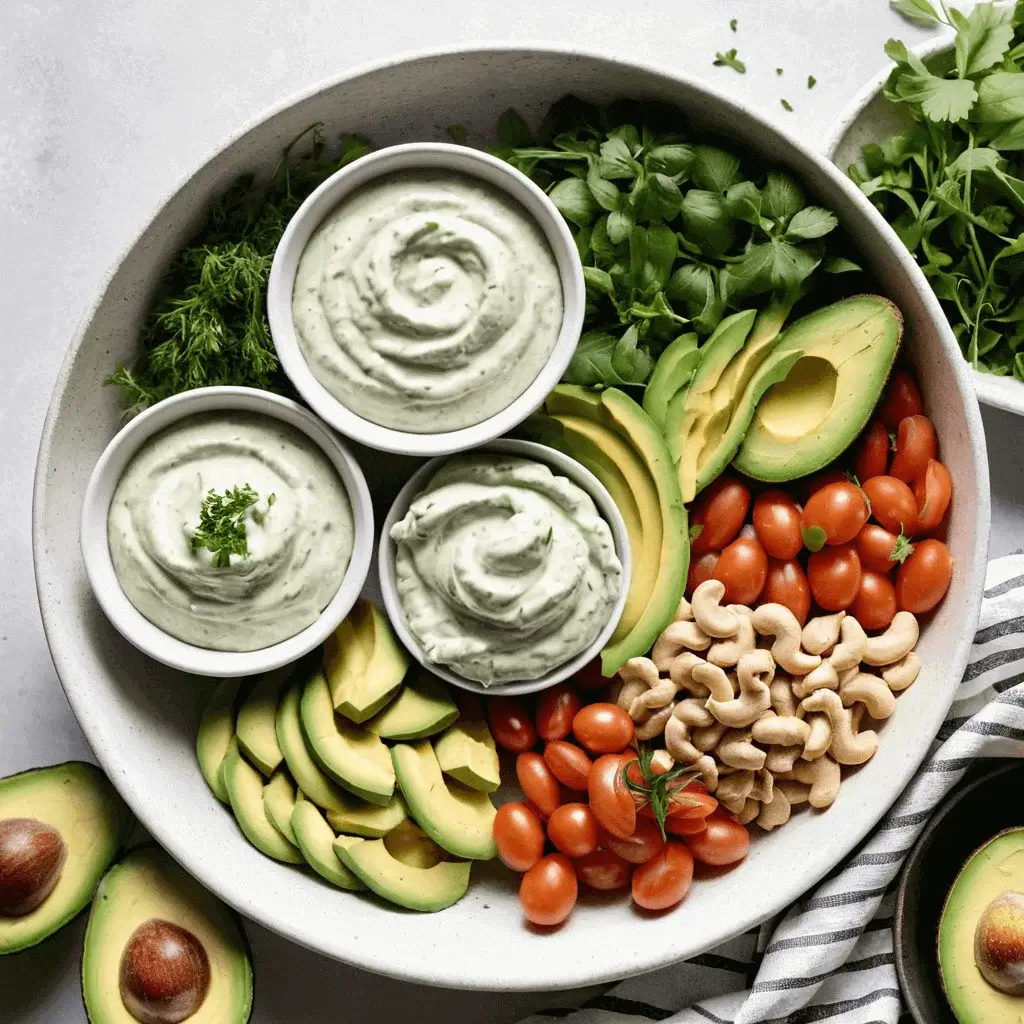
Into ranch but eyeing healthier options? Check out these swaps:
1. Greek Yogurt Exchange
Blend Greek yogurt with ranch spices. Fewer calories, more protein, and all the creaminess. This makes it a great choice among low-fat salad dressings. Greek yogurt also provides probiotics that support gut health, adding another layer of nutritional benefit to your dressing.
2. Avocado Remix
Thick, fibrous goodness from avocados offers a lush ranch alternative, perfect for those seeking more nutritional fiber. Avocado-based dressings are rich in healthy fats and provide a creamy texture similar to traditional ranch without the high saturated fat content. Plus, avocados are a good source of potassium, which helps balance sodium levels.
3. No Dairy, No Problem
Coconut milk or cashew cream can whip up an awesome vegan-friendly ranch. For more ideas, check out our Vegan Nutrition Health Benefits guide. These dairy-free alternatives are great for those who are lactose intolerant or following a vegan diet, offering all the flavor without compromising dietary choices.
4. Smarter Brands
Seek out the brands cutting back on the nasties—for a guilt-free ranch fix. Litehouse Homestyle Ranch Dressing and Marzetti Simply Dressed Ranch Dressing are examples of brands offering lighter variants. Look for “light” or “reduced fat” versions that can save you calories while still providing that delicious creamy texture.
Wiser Ways with Ranch
No doubt, ranch is a staple that can kick things up a notch. Knowing what’s inside helps us choose what’s best for us. It all boils down to moderation—too much ranch can rain on the nutrition parade. Homemade twists and healthier options mean we can cherish the love affair with ranch without maxing out our health credit. If you’re looking for more ways to maintain a healthy balance, consider incorporating more nutritious dressings and staying active with our Home Workouts Guide.
Balancing indulgence with healthy habits is key to enjoying ranch without the guilt. Whether it’s drizzling a bit over a salad or using it as a dip, being mindful of portions, ingredients, and nutritional content can keep ranch a fun part of your diet without compromising your wellness goals.
FAQ: Ranch Dressing Nutrition Facts
- What are the typical calories in one serving of ranch dressing?
One serving of ranch dressing, typically 2 tablespoons, contains approximately 140-150 calories, though this can vary by brand. Opt for light versions if you’re counting calories. - How much fat is present in ranch dressing?
A standard serving of ranch dressing usually contains about 14-15 grams of fat, with the majority being unsaturated fats, depending on the specific ingredients used. Choosing a lighter version can reduce the fat content significantly. - Does ranch dressing contain any carbohydrates?
Yes, ranch dressing generally has about 2-3 grams of carbohydrates per serving, primarily from added sugar or dairy ingredients. Look for “no added sugar” labels if you’re watching your carb intake. - Is ranch dressing a source of protein?
Ranch dressing does provide a small amount of protein, typically around 1 gram per serving, mainly from buttermilk or yogurt used in the recipe. Greek yogurt-based versions have slightly more protein. - Are there low-calorie options for ranch dressing?
Yes, there are several low-calorie options available, such as Greek yogurt-based ranch or light variants from brands like Healthy Choice and Bolthouse Farms. These options help keep the creamy goodness while cutting down on calories, fat, and sodium.
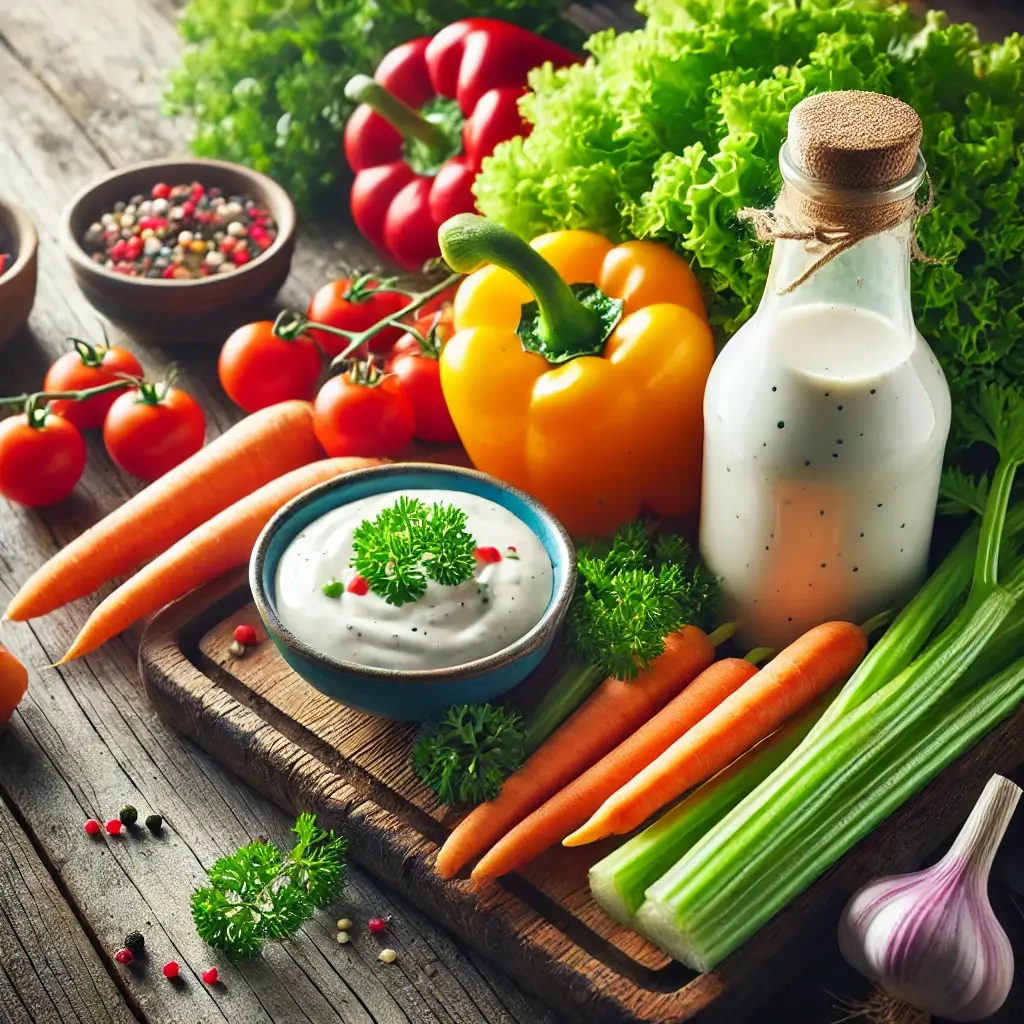
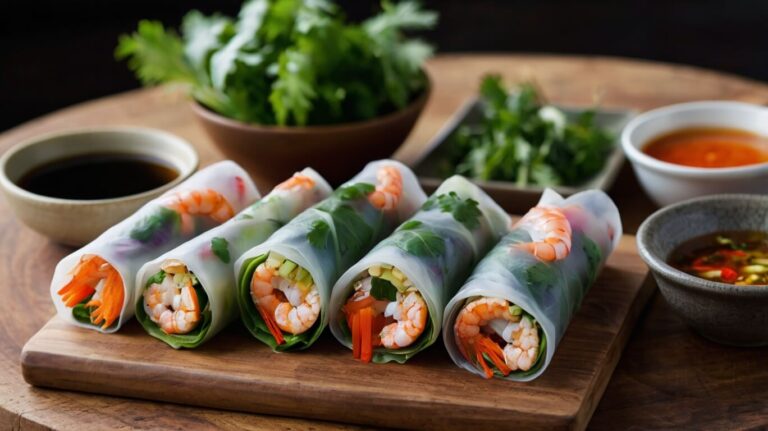


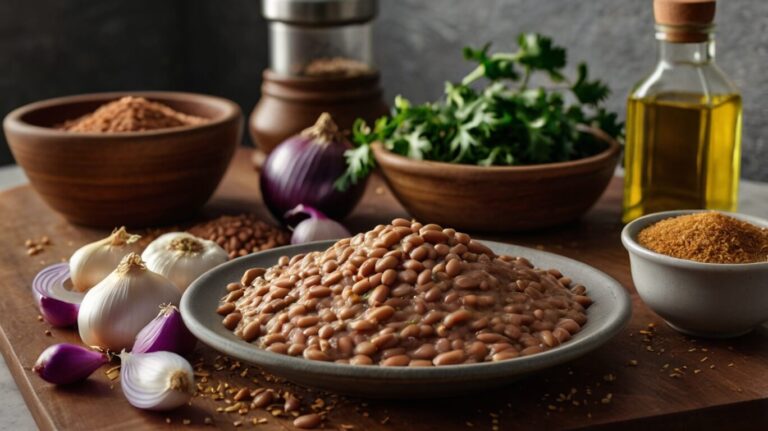
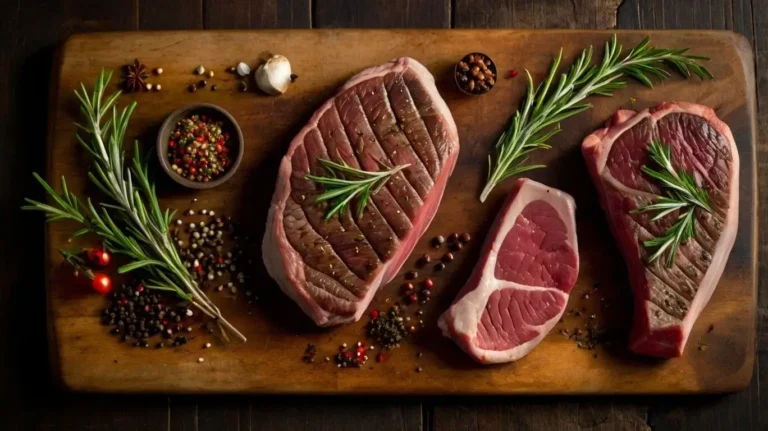

One Comment